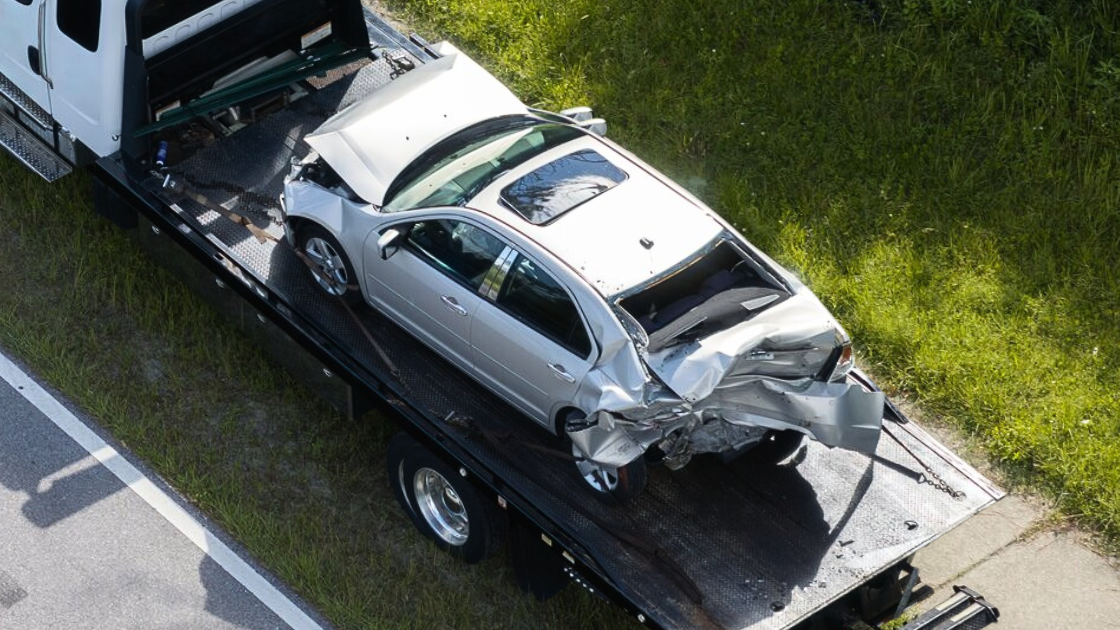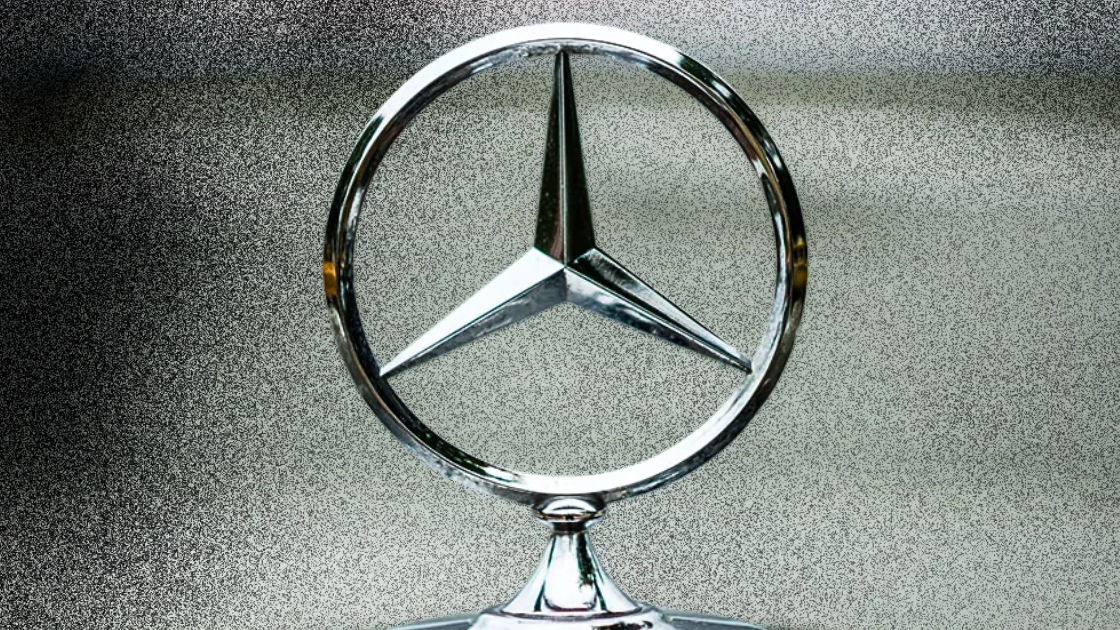
Welcome to another edition of the Car Dealership Guy Industry Spotlight Podcast Recap newsletter—the key lessons from top operators, founders, and execs shaping the future of auto retail.
Trent Waybright, Vice President of Pre-Owned Operations for Kelley Automotive Group, and Patrick Janes, AVP of vAuto Inventory Solutions.
Together, they discuss how dealers can leverage analytics to place vehicles where they have the best shot at earning optimal grosses.


Peer group insights are transforming operational strategies.
Eleven years of consistent participation in industry groups is generating practical improvements that directly impact profitability.
"I'm privileged to be in a vAuto/NCM 20 group. Which we started, I believe, in 2014. So roughly 11 years, I've been in that group. We meet three times a year...I come back every single time 11 years later, with at least a page full of notes and things that I want to get in before I go back." —Trent
Kelley Auto’s "Public before auction (PBA) to Decatur" program originated from ideas shared in these peer group sessions years ago.

Demographic targeting is turning problem inventory into profit centers.
Moving high-mileage vehicles to markets with different income levels, using the PBA to Decatur program, is proving more effective than wholesale disposal.
"We take these cars that have 100,000 miles or more. Most of the time we send them from our Fort Wayne campus to our Decatur location, where we have three dealerships on the same property. The average medium income is a little bit lighter down there, and it is a prime opportunity for those cheaper cars." —Trent
Kelly Auto sent 163 vehicles through this program this year, retailing 123 of them at an average gross of $3,000 each, with only 37 still on the lot.

Rising acquisition costs are forcing inventory optimization strategies.
Compressed margins are making it critical to maximize profit from every vehicle rather than defaulting to quick wholesale decisions.
"I think one of the biggest challenges of the last couple of years is our cost to market. What you're having to pay for these used cars, which I think everybody can probably agree with… We're trying to take it day by day and find other methods to find other avenues of creating growth in our deals." —Trent
This economic pressure is driving dealers to explore internal transfer options rather than accepting auction losses.

Direct customer acquisition is replacing auction dependence.
Dealer-branded acquisition programs are becoming primary inventory sources, reducing reliance on expensive auction purchases.
"We do have our own website so our customers can go there and start the process. We acquire 40 to 50 units a month from customers that are fairly local. And so that's a big source for us." —Trent
Local acquisition provides better vehicle history and customer relationships while avoiding the premium pricing at competitive auctions.
Presented by:
1. vAuto - As the industry’s premier provider of end-to-end inventory management solutions, vAuto gives every dealer—from a single point store to the largest groups—the data, insights and tools they need to maximize returns from the new and used vehicle inventory investments.
Known for its game-changing inventory management innovations, vAuto provides AI-powered predictive data science to help dealers see their future and consistently make the right, ROI-minded decisions with every vehicle they appraise, acquire, price and retail.
Discover why 96 out of the top 100 used vehicle retailers trust vAuto to help them achieve greater success. Check out vAuto here: carguymedia.com/vauto.

Aging policies might become obsolete.
Some successful dealers are eliminating traditional aging rules in favor of daily optimization and strategic positioning.
"My train of thought has always been if you take good care of the inventory from day one. You merchandise it. You then price it aggressively or where it needs to be in the market, and you do that consistently. The aging will take care of itself." —Trent
Kelly Automotive maintains roughly 30 cars over 60 days old out of about 400 retail units, proving this approach can work with proper management.

Centralized inventory authority is enabling more strategic decision-making.
Groups with centralized used car management can make transfer decisions based on profit optimization rather than individual store politics.
"I'm in a very unique role in my company. And so I'm kind of the czar over the used car." —Trent
This structure allows for company-wide optimization rather than each store trying to protect their own inventory.

Store-to-store transfers are happening at a massive scale across the industry.
Industry data reveals that internal inventory movement is far more common than most dealers realize.
"About a year ago, we started looking inside the vAuto tool. We saw about 9,000 units being transferred intergroup, store to store. —Patrick
On top of that—an additional 9,000 were being moved manually through DMS processes, showing that much of this transfer activity was happening without centralized tracking or optimization tools.

Traditional transfer timing is costing dealers significant money.
Most dealers are waiting too long to make transfer decisions, resulting in substantial wholesale losses.
"We found that on average, across groups... The average age of a car being transferred was about 45 days old. And when it got wholesaled, it was 90 days old... And the average wholesale loss was about $800 on those cars." —Patrick
Earlier transfer decisions, while vehicles still have strong retail potential, can prevent these losses and improve overall profitability.

Strategic transfers are dramatically reducing time-to-sale while maintaining strong grosses.
Kelly Automotive's recent transfer program demonstrates how analytics can improve both speed and profitability simultaneously.
“We really worked hard at perfecting the process. When you go into the Enterprise Transfer Tool, you just hit a button. It immediately transfers the car in the system from the original store to the new store. Prior to that, it's a lot of copying appraisals. There's a lot of accounting, there's a lot of emails that fly back and forth. It's not a very efficient process. We would have to physically bring the cars from the original store.” —Trent
The group transferred 26 units in June that took an average of 33.6 days to sell, then refined their process and transferred 22 units in July that sold in just 12 days while maintaining $5,500 average gross profits.

Internal auctions often fail because they lack strategic direction.
Many dealer groups have tried internal auction systems for aged inventory, but these approaches typically don't solve the underlying optimization problem.
"What's happening is, I got guys who don't have cars. They need cars. And they're buying anything they can and they're out betting each other. It didn't have a strategy behind it in terms of whether they needed the car or they historically have done well with the car." —Patrick
The key is strategic placement based on data rather than just moving inventory to the highest bidder within the group.













